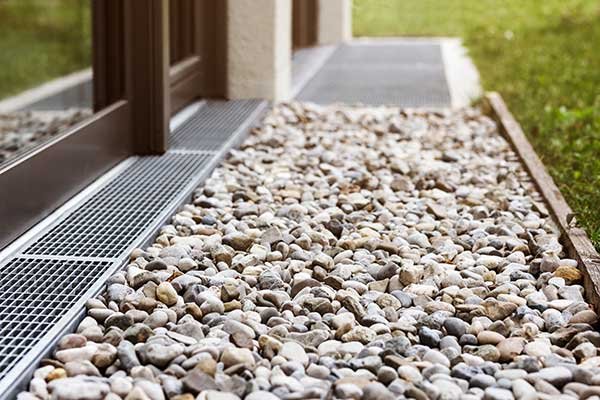How to Protect Your Home from Extreme Weather
When it comes to safeguarding your home from the wrath of extreme weather conditions, proactive measures play a crucial role. Whether you live in an area prone to hurricanes, blizzards, floods, or wildfires, taking necessary precautions can significantly reduce the risk of damage and ensure the safety of your property and loved ones. In this comprehensive guide, we will provide you with expert tips and strategies to protect your home from extreme weather events.
- Understanding the Risks:
Before delving into the protective measures, it’s important to understand the specific risks associated with the type of extreme weather prevalent in your region. Research and identify the potential hazards, such as high winds, heavy rain, snowstorms, or heatwaves, and determine the vulnerabilities of your home to these conditions.
- Reinforce Your Home’s Structure:
One of the key steps in safeguarding your home from extreme weather is strengthening its structure. Consider these measures:
a. Roof Maintenance: Regularly inspect your roof for loose or damaged shingles, and repair or replace them promptly. Reinforce vulnerable areas such as edges, corners, and valleys to prevent water leakage during heavy rainfall.
b. Secure Doors and Windows: Install impact-resistant doors and windows or reinforce existing ones with storm shutters or protective films. These additions can minimize the risk of breakage during high winds or hailstorms.
c. Reinforce Garage Doors: Since garage doors are susceptible to wind damage, reinforce them with a bracing system or replace them with wind-resistant models.
d. Strengthen Walls: For areas prone to earthquakes or hurricanes, consider reinforcing walls with materials such as reinforced concrete or steel framing.

- Ensure Proper Drainage:
Effective drainage systems are essential for preventing water-related damage during heavy rainfall or flooding. Follow these guidelines:
a. Clean Gutters and Downspouts: Regularly clean your gutters and downspouts to prevent blockages. This will ensure rainwater is channeled away from your home, reducing the risk of water seepage into the foundation.
b. Install French Drains: In areas with poor drainage, installing French drains can redirect excess water away from your property. Consult a professional for proper installation.
c. Grade the Landscape: Ensure your landscape is properly graded to slope away from your home. This will help prevent water accumulation near the foundation.
- Protect Against Flooding:
Flooding can cause extensive damage to your home and belongings. Here’s how you can mitigate the risks:
a. Elevate Electrical Systems: Consider raising electrical outlets, switches, and circuit breakers to a higher level, at least one foot above the projected flood level.
b. Install a Sump Pump: A sump pump can effectively remove water from the basement or crawl space during flooding. Ensure it is well-maintained and has a battery backup in case of power outages.
c. Waterproof Basements: Apply waterproofing sealants to basement walls and floors to minimize water penetration. Install window well covers to prevent water seepage through basement windows.

- Prepare for Wildfires:
If you reside in an area prone to wildfires, proactive measures are crucial to protect your home. Consider the following:
a. Create a Defensible Space: Clear combustible materials such as dry vegetation, dead leaves, and debris from the immediate vicinity of your home. Maintain a buffer zone by landscaping with fire-resistant plants and materials.
b. Install Ember-Resistant Vents: Ember-resistant vents can prevent the entry of airborne embers into your home’s attic or crawl space.
c. Protect Windows: Install fire-resistant window treatments, such as dual-pane or tempered glass, to minimize the risk of heat transfer during a wildfire.
Protecting your home from extreme weather requires a proactive approach and thorough preparation. By understanding the specific risks in your area and implementing the appropriate measures, you can significantly reduce the chances of damage and ensure the safety of your property and loved ones.
Remember to stay informed about weather alerts and follow the guidance of local authorities during extreme weather events. Regularly review and update your emergency preparedness plan, including evacuation routes and emergency contact information.
Investing in the resilience of your home is a worthwhile endeavor that pays off in the long run. By reinforcing the structure, ensuring proper drainage, and implementing measures to protect against flooding and wildfires, you can create a safer living environment for you and your family.
Stay proactive, stay prepared, and stay safe. By taking the necessary steps to protect your home from extreme weather, you can enjoy peace of mind knowing that you have done everything possible to safeguard your property and loved ones.


